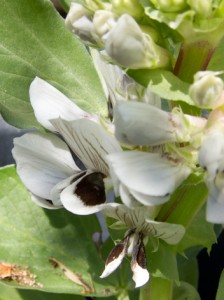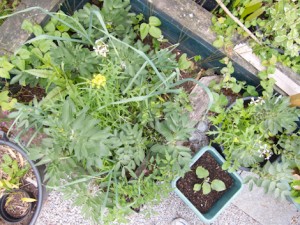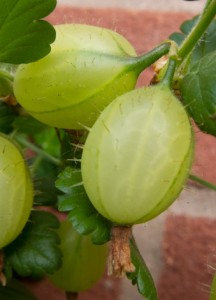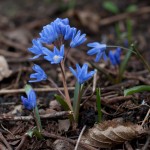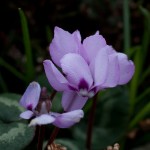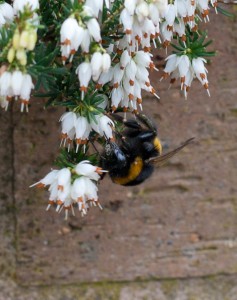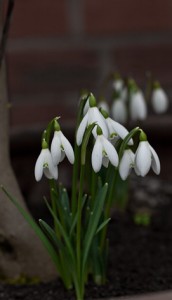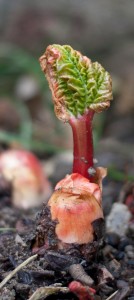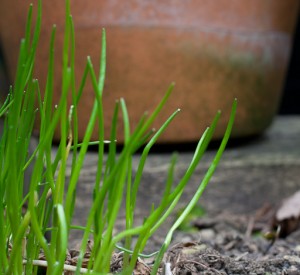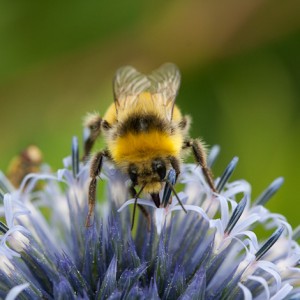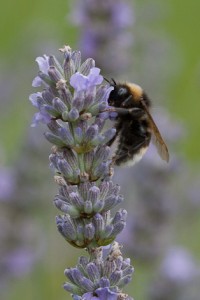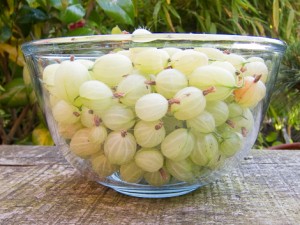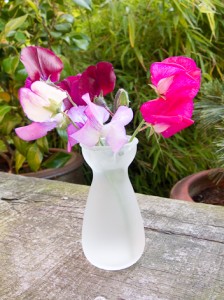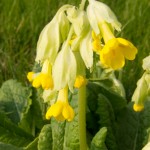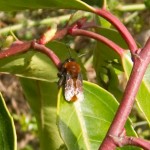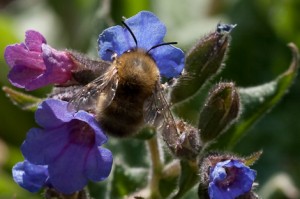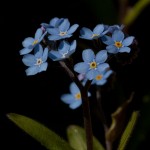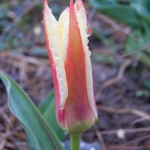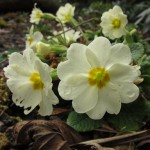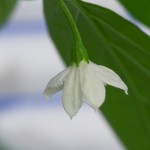Friends of the Earth are hoping to create a bit of a buzz with their Bee Cause campaign. I attended a launch event in Northampton today – the aims of the campaign are to get those in power – specifically David Cameron, to acknowledge that the government needs to adopt and implement a bee action plan. The launch event included a couple of talks about pollinators and their habitats.
Why are bees important? Just to clear up a misconception, it is not just bees that are important it is all of natures pollinators – insects, animals and birds – even some lizards are important pollinators elsewhere in the world. Across the world 87% of the estimated 308,000 plant species are pollinated by insects and other fauna.
There has been a lot of coverage about the collapse of honey bee populations across the world and lots of speculation about the reasons. However, this is not a new phenomenon and since the 1800s the UK has lost 23 species of bee and 18 species of butterflies. More recently there has been a 75% decline in moths since the 1970s and a 25% decline in hoverflies since the 1980s. So, it would appear that the recent problems with honey bees are only the latest in a long line of declines. Whilst there are lots of reasons for this, the overriding issue has to be loss of suitable habitat caused by urban expansion and the intensification of agriculture and removal of woodlands and hedgerows. Indeed Northamptonshire holds the dubious distinction of having lost more species of wildflowers than any other county. Not something to be proud of.
So, the Bee Cause campaign aims to raise awareness of this problem and get people taking action. I’ll be writing some more posts outlining what you can do to help our pollinators in the coming weeks. In the meantime, if you are interested in getting involved in the campaign there is a lot of information on the FoE website. Alternatively, if you are in the Daventry area and would like to help, give me a shout and we can work together to make Daventry a bee-friendly place.

